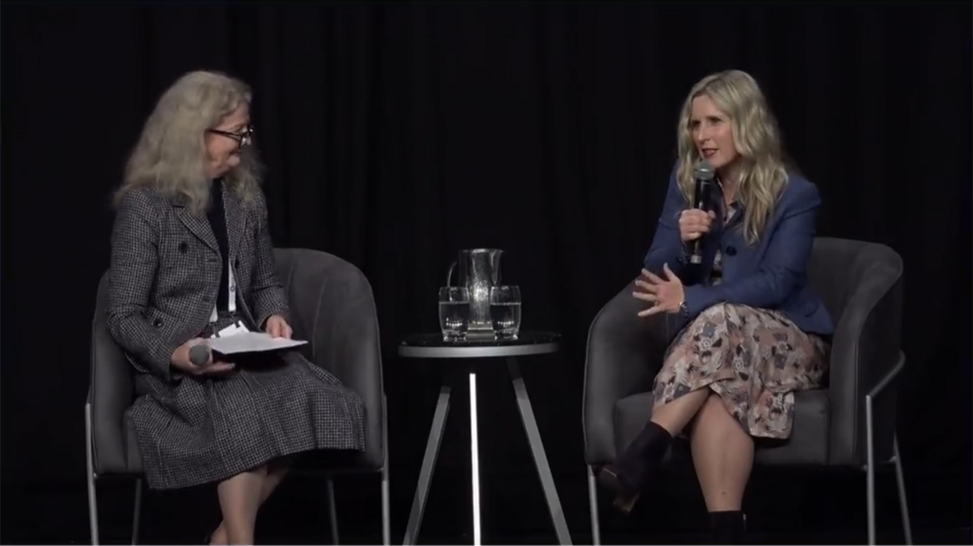‘Hybrid alternatives’ the future for 40/60 portfolio
Leading investment bank JP Morgan recently released its 2022 Global Alternatives Outlook, which seeks to understand the key trends and risks facing investors over the next 12 to 18 months.
Since 2020 the “alternative” assets have seen record capital flows, as advisers sought to add further diversification to portfolios and gain access to the advertised correlation benefits. However, as history has shown, not all alternative asset, or any asset class for that matter, is made equal.
Drawing on the 700-strong investment team, operating across 18 different sectors of the alternative investment sector, the report offers a unique and powerful insight into what lies ahead, and where the firm’s US$200 billion ($282 billion) in capital is focused.
Titled “Seeing the forest for the trees,” the report seeks to help advisers to take a step back and focus on the bigger picture, something that can be quite difficult in the midst of a surge in volatility and inflationary concerns.
According to the report, the “trees” are clear, with a strong consumer, the end of accommodative monetary policy and higher inflation well-appreciated, but the “forest” remains full of “dangers and wonders.” Many of these are potential perils against investment success for the year ahead, including “stretched valuations in traditional markets, falling correlation benefits and persistently low bond yields.”
One of the most important inputs into the report is the macro-economic outlook, where the strategists believe above-trend growth is set to continue, albeit at a slower pace than in 2021, dubbed the year of recovery.
A healthy developed world-consumer, combined with improving emerging market vaccination rates, should support global growth. In conjunction with these, JP Morgan is forecasting a surge in inventories, which was seen in the December GDP result in the US, and a rebound in business investment, which tends to come 12 months after a surge in earnings growth. These are all expected to offer support to risk assets, but do little to help investors that are still searching for income.
On the topic of inflation, the firm confirms that it is clearly a supply-side issue, and is unlikely to evolve into a structural issue. The growth rate in prices will decelerate into the end of 2022, with the longer-term structural forces including globalisation, technological adoption, demographic changes and income inequality set to place downward pressure on prices once again.
In an environment where traditional equity and bond markets offer “muted expected returns” along with “elevated volatility,” JP Morgan believes it is essential for investors to embrace alternatives. It breaks the market into three types; being equity-like hybrid alternatives, fixed income-like alternatives, and pure hybrids.
In terms of the latter, core real estate stands out among the most attractive opportunities for the year ahead. Low interest rates and rising inflation should support property valuations, highlighting a “sweet spot” for the sector. The firm expects cash-flow-generating assets to become increasingly expensive in 2022, driven by institutional portfolio rebalancing and a renewed search for yield.
Select opportunities can be found in sectors benefiting from high user demand, including logistics, multi-family and amenity-rich office communities. Similarly, “contrarian” opportunities are likely to arise in beaten-down corporate and retail sectors.
Finally, the traditional hedge fund is set to come back into vogue, on the back of surging volatility and the resultant “price dislocations.” The JP Morgan hedge fund team sees significant opportunities for alpha generation within relative-value strategies at a time when stock and factor performance dispersion is hitting historical highs.











